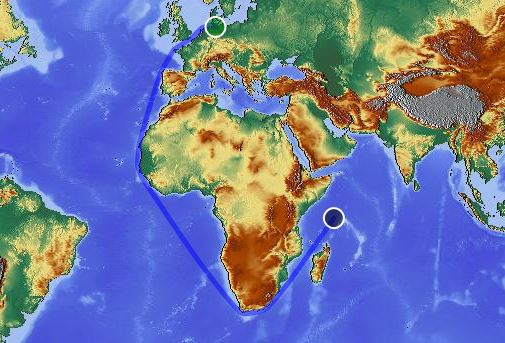I use osm2po to create a routable network from OSM data and this works great. Although I feel quite familiar with osm2po nowadays, there is one thing I can not solve using PgRoutingWriter's output: routing using mulipolygon relations.
What I am trying to achieve is taking places/areas that are tagged with area=yes and foot=yes into account.
A location where this comes into play is the Waltherplatz in Bozen/Bolzano (but I am also sure that there are a ton of others as well)... ways end at the border of the place, one side is even bound by a street, but even when routing with type "foot" I can not get from one side to the other.
Can I somehow tell osm2po that it should use relations as well (not only ways) when creating my routable network (uncommenting the relationTagResolver.class in the config file does not seem to be enough)?
A very old question about a similar topic can be found here, but since it is 5 years old I guess it is a bit outdated (hopefully).
I know that this is still a problem that is under research, but I would be happy with a very basic solution (something like "walk along the outer line of the multipolygon"). Right now I do not need a better solutions like building all possible routes across a place...


